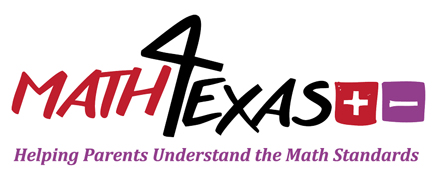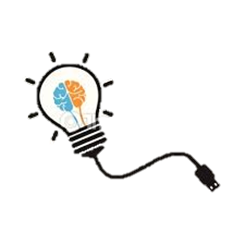T.I.P.S.
-
 Students should use their prior knowledge about addition and subtraction to be able to now solve one-step and multi-step real-world problems involving addition and subtraction with two and three-digit numbers using standard algorithms and other methods for solving like using a strip diagram, a number line, or related facts.
Students should use their prior knowledge about addition and subtraction to be able to now solve one-step and multi-step real-world problems involving addition and subtraction with two and three-digit numbers using standard algorithms and other methods for solving like using a strip diagram, a number line, or related facts.
Example
-
Read the following problems and solve. You may need paper and pencil to solve each one.a) Vanessa collected 578 marbles. Jake collected 323 marbles. If they put their marbles into one bag, how marbles would be in the bag? Draw a diagram to show your answer and explain your thinking.
b) Maggie collected a lot of stickers for her album. She had 82 animal stickers, and 73 star stickers. She gave her friend 65 animal stickers, and 69 star stickers. How many stickers did Maggie have after she gave some away? Use a standard algorithm to show your answer and explain your thinking.
Digital Tools
-
Click on the following links for interactive games.
Resources
-
Click on the following links for more information.
TEKS
-
2.4 Number and operations. The student applies mathematical process standards to develop and use strategies and methods for whole number computations in order to solve addition and subtraction problems with efficiency and accuracy. The student is expected to:(C) solve one-step and multi-step word problems involving addition and subtraction within 1,000 using a variety of strategies based on place value, including algorithms





 Click
Click 

